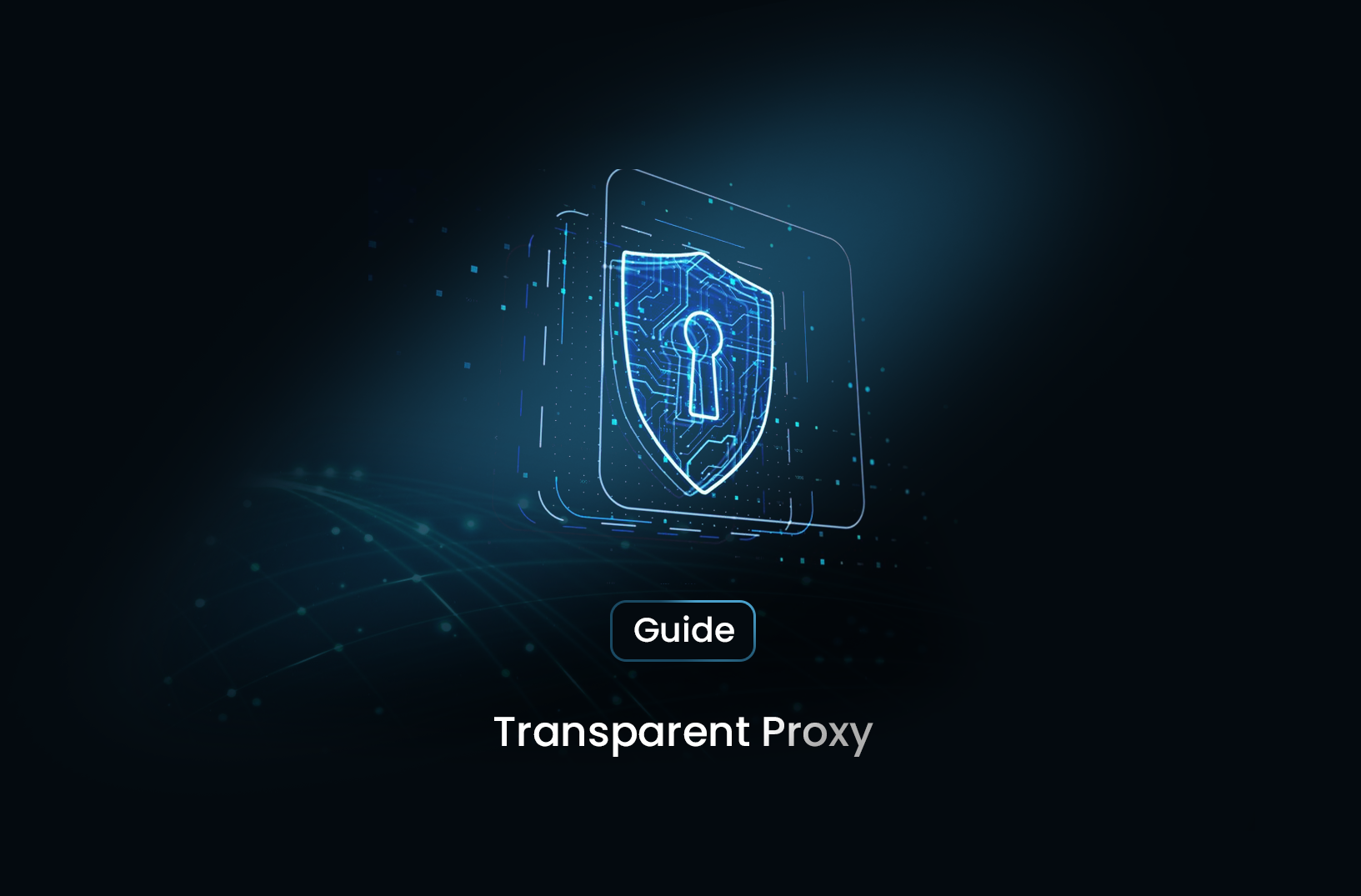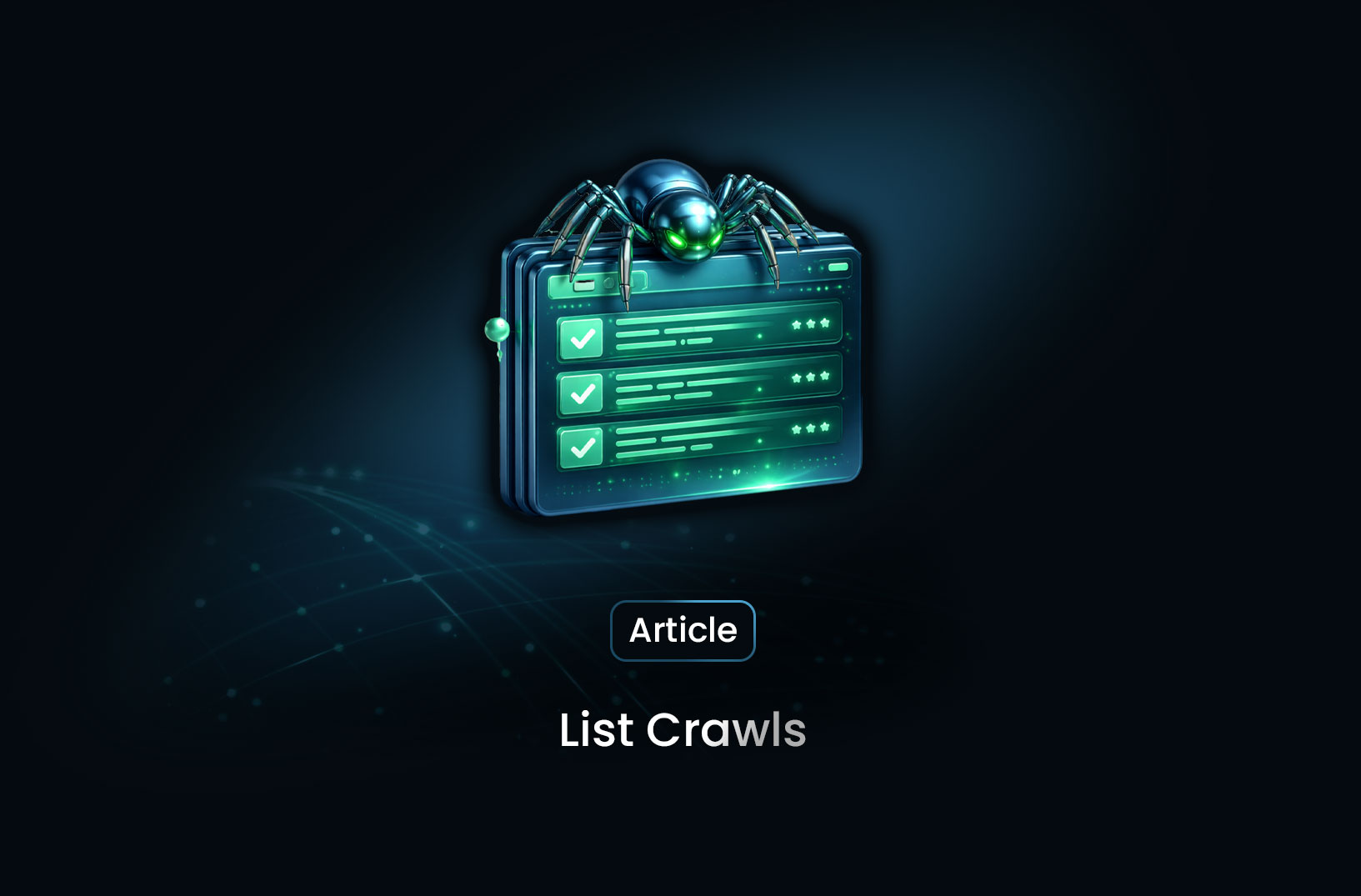
Transparent Proxy: A Technical Guide for Developers
EngineeringTransparent proxy is a server that sits between clients (e.g., browsers, apps) and the internet, intercepting requests and routing them to the appropriate destination.
A transparent proxy is a type of intermediary server that intercepts and redirects network traffic without modifying requests or responses. Unlike other proxies, it operates in a way that is nearly invisible to users. This guide explores the technical aspects of transparent proxies, their applications, configurations, and best practices for implementation.
What is a Transparent Proxy?
A transparent proxy is a server that sits between clients (e.g., browsers, apps) and the internet, intercepting requests and routing them to the appropriate destination. Unlike other proxies, it does not require client configuration, making it “transparent” to users.
How Does a Transparent Proxy Work?
- Interception: The transparent proxy intercepts the traffic, either via network routing or firewall rules.
- Inspection: It inspects the data packets to apply policies or transformations.
- Forwarding: The proxy forwards the request to the destination server or fulfills it from the cache.
This process is typically done at the network layer (OSI Layer 4) or the application layer (OSI Layer 7), depending on the implementation.
Key Features of Transparent Proxies
- Zero Configuration: Users don’t need to configure proxy settings on their devices.
- Content Filtering: Often used for monitoring or restricting access to specific content.
- Caching: Speeds up web browsing by caching frequently accessed content.
- Anonymity: Does not alter requests, so the destination sees the original client IP address.
Use Cases for Transparent Proxies
- Content Filtering and Monitoring: Common in schools, workplaces, and public networks for enforcing acceptable use policies.
- Caching for Performance Optimization: Reduces bandwidth usage and speeds up access to frequently visited sites.
- Traffic Management: Useful in ISPs for load balancing and controlling traffic flow.
- Security Enhancements: Inspect traffic for malware or unauthorized access attempts.
- Compliance and Logging: Tracks and logs user activity for regulatory compliance or audits.
Configuring a Transparent Proxy
Setting up a transparent proxy involves server configuration and network routing rules. Here’s an example using Squid, a popular caching proxy:
Step 1: Install Squid
sudo apt-get update
sudo apt-get install squid
Step 2: Configure Squid as a Transparent Proxy
Edit the Squid configuration file (/etc/squid/squid.conf):
http_port 3128 transparent
cache_mem 256 MB
acl localnet src 192.168.1.0/24
http_access allow localnet
Step 3: Set Up Network Redirection
Use iptables to redirect HTTP traffic to the proxy:
sudo iptables -t nat -A PREROUTING -p tcp --dport 80 -j REDIRECT --to-port 3128
Step 4: Restart Squid
sudo systemctl restart squid
Advantages and Limitations
Advantages
- Ease of Deployment: No client-side configuration required.
- Improved Performance: Faster access via caching.
- Monitoring and Control: Enforces network policies transparently.
Limitations
- Lack of User Privacy: Original client IP addresses are exposed.
- Limited Customization: Users cannot easily opt out of the proxy.
- Resource Intensive: This may add latency and require powerful servers for large networks.
Transparent Proxy vs Non-Transparent Proxy
| Feature | Transparent Proxy | Non-Transparent Proxy |
|---|---|---|
| User Configuration | Not required | Required |
| Anonymity | Low | High |
| Use Cases | Filtering, caching | Privacy, advanced routing |
| Traffic Redirection | Automatic | Manual |
Best Practices
- Ensure Proper Security: Use HTTPS inspection sparingly to maintain user privacy.
- Optimize Caching: Configure caching policies to balance performance and storage.
- Monitor and Log Responsibly: Use logs for audits and compliance while respecting privacy regulations.
- Regular Updates: Keep the proxy software and rules up-to-date to prevent vulnerabilities.
Conclusion
Transparent proxies offer a seamless way to manage network traffic, improve performance, and enforce policies. However, their implementation requires careful planning to balance functionality and privacy. For developers and network administrators, mastering transparent proxy setups is a valuable skill for optimizing and securing modern networks.
Find more insights here

How Businesses Use Data Marketplace Platforms in 2026
How businesses use data marketplace platforms in 2026 to access high-quality data, gain insights, re...

Data List Crawls as the Foundation of Data-Driven Decision Making
Data list crawls provide structured, real-time data that helps businesses support accurate, scalable...

Web Scraping with PHP: A Developer’s Guide
Learn how to do web scraping with PHP using cURL, DOMDocument, Guzzle, and DOMCrawler. This beginner...
